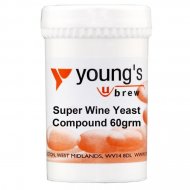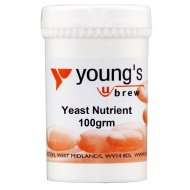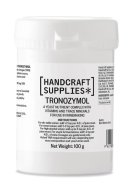White Wine
Discard any mouldy or unsound grapes. Remove the stems and break the skins by crushing or pounding them. Then, extract the juice using a press or by crushing with your hands, keeping the fruit in a calico or sack bag.
If you are using a press, apply pressure gradually. It is better to repeat the pressing slowly once or twice than to attempt to force it; for if your press is small, you may strain it. Worse still, you might squirt pulp and juice all over the walls.
Allow the juice to flow freely, and reapply pressure once the flow has reduced to a dribble.
If you use a hydrometer, check the juice to determine how much sugar should be added. Dissolve the sugar in the juice, then pour it into your fermenting vessel. (Many winemakers prefer to add only half the sugar at this stage and the remainder two or three days later.)
You can either (A) rely on the natural yeast (the bloom upon the grapes, of which sufficient will have passed into the juice to initiate fermentation), or preferably (B) add one Camden tablet per gallon and, 24 hours later, introduce a vigorous yeast starter of your choice. A good yeast nutrient will also assist.
Fermentation will occur more rapidly in a warm environment than it does with the typical country wines, but the arrival of cooler weather will slow it down.
If you are not using a hydrometer, be sure to add your initial 250 g (8 ounces) of sugar and keep a watchful eye on your fermentation. It will likely require additional sugar almost daily, although the fermentation and sugar consumption will be slower in the later stages than in the earlier ones.
Following that, the process is identical to that of any country wine.






















